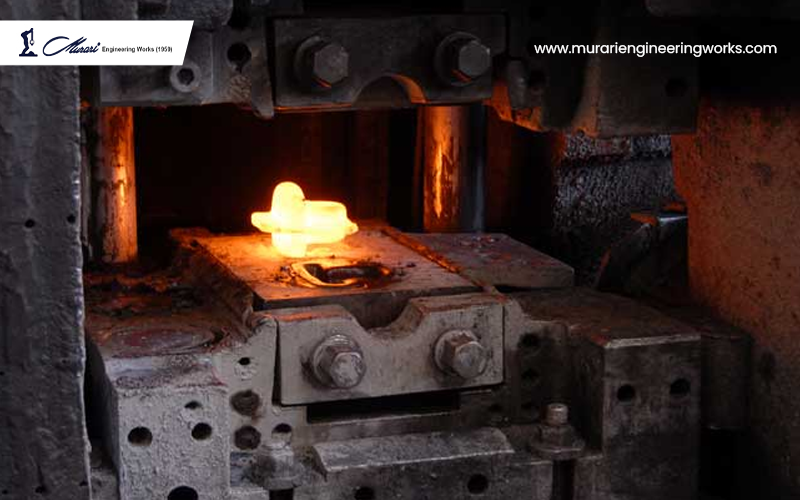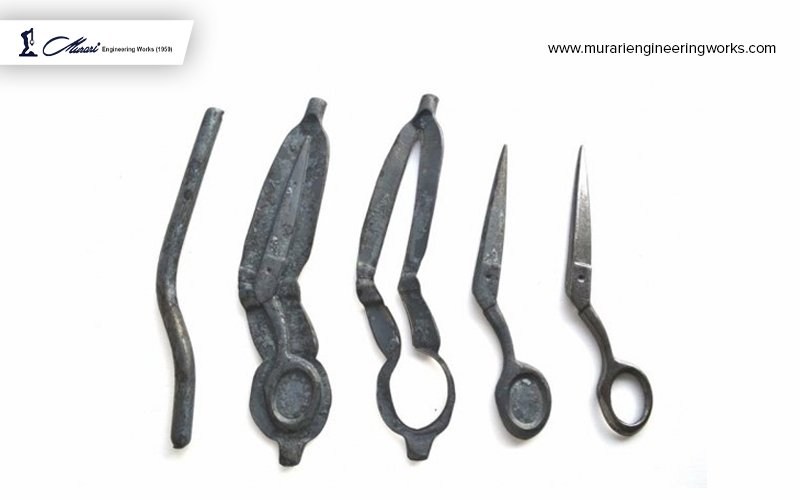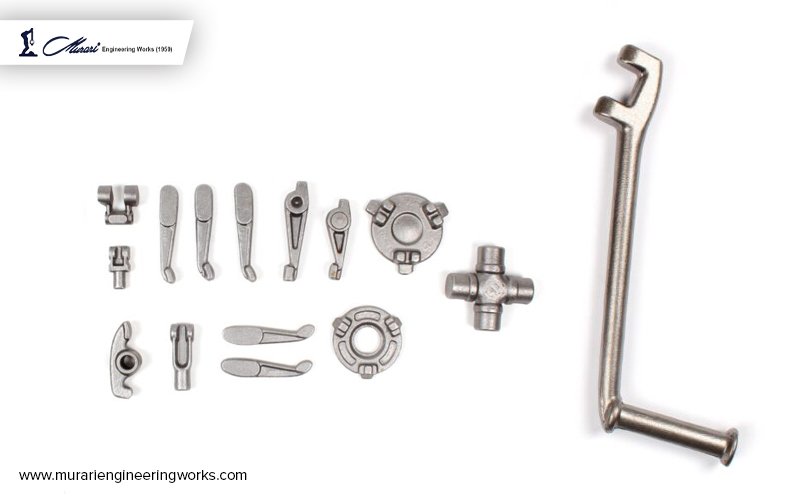When the question is about producing high-quality combine harvester parts, a forging unit is an essential piece of equipment. These units use extreme heat and pressure to shape and form raw materials into the desired shape and size.
Choosing the best forging unit is crucial for ensuring that you can produce parts that meet your specifications and requirements. There are many factors to consider when selecting the best forging unit. It’s predominant to do your due diligence to ensure that you find a forging unit that satisfies your expectations.
This blog will outline some key questions to ask when considering a combine harvester parts forging unit.
Capacity
The capacity of a combine harvester parts forging unit refers to how many parts it can produce in a given time. This is an important consideration, as a forging unit with a high capacity may be more efficient and cost-effective, especially if you have a large volume of parts to produce.
Material Compatibility
It’s crucial to ensure that the combine harvester parts forging unit you choose can work with the materials you need. Some units may be limited to certain types of steel or alloys, so it is better to confirm that the forging unit can handle the materials you require.
Accuracy and Precision
The accuracy and precision of the parts produced by a forging unit are crucial for ensuring the quality and functionality of the finished product. Make sure to ask about the level of precision and check some sample products before working with the combine harvester parts forging unit.
Energy Efficiency
Reducing energy consumption and minimising waste can help to lower operating costs and reduce your environmental impact. Look for a unit that has features designed to improve energy efficiency.
Maintenance Requirements
Regular maintenance is necessary to keep a forging unit running smoothly and to prevent problems from arising. Learn how often the forging unit needs servicing and what maintenance it requires.
Reliability and Uptime
A forging unit that experiences frequent downtime can be costly and disruptive. Ask about the unit’s track record in terms of reliability and uptime to understand how often it may experience outages.
Ease of Operation and Maintenance
A combine harvester parts forging unit that is easy to operate and maintain can help to reduce the need for specialised training and expertise. Look for a forging unit that is user-friendly and straightforward in operations.
Flexibility
If you plan to produce a wide range of parts, it may be beneficial to choose a unit that is highly flexible and can handle a variety of shapes and sizes.
Warranty and Support
It’s paramount to have a team available to help with troubleshooting and repairs if needed. Find out what warranties and support the forging unit you are considering offers.
Cost
Finally, consider the overall cost of the services offered by the best forging unit. Consider its capacity, accuracy, energy efficiency, and other factors to determine if it represents a good value for the price.
Concluding
By taking the time to research and carefully evaluate your options, you can find a forging unit that will meet your specifications and help you produce high-quality parts. Ultimately, the best forging unit can be a valuable asset for your business, helping you to increase efficiency and reduce costs.
Murari Engineering Works happens to be a top-choice forging unit. Our specialists help you with making the right decisions according to your needs. Our skilled artisans work meticulously to provide you with the best combine harvester parts.










